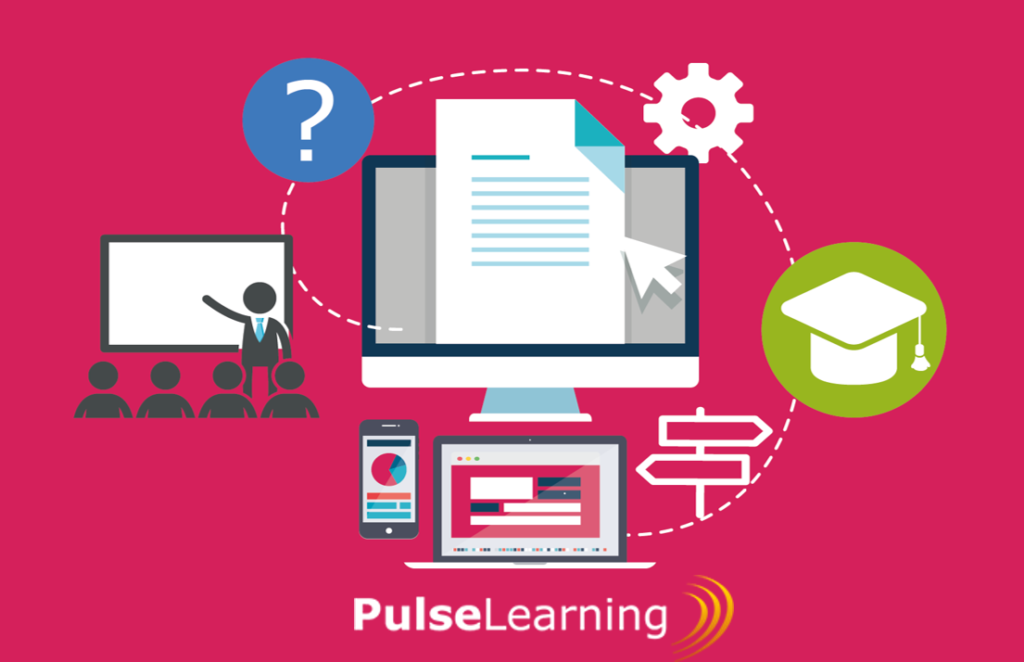Creating learner-centered eLearning means placing your learners at the center of the training experience. This approach has become essential to ensuring engagement and retention of your learning messages and maximizing the post-training impact.
What characterizes learner-centered eLearning?
Traditionally, education involved “push” style information transfer from trainer to learner. However, today we are well into a new era of learner self-empowerment. Learners expect to be able to access information how and when they want it, and that content must be relevant and relatable, and satisfy their needs. In this article, PulseLearning presents seven characteristics of learner-centered eLearning.
- It uses inclusive language.
The language used within your training materials can have a significant impact on how your messages are heard and considered. In learner-centered eLearning, the content speaks directly to the learner as an individual rather than addressing the learning audience as a group. Inclusive language helps create the feeling of a personalized learning experience and generates an emotional connection with the content. - It provides self-reflection opportunities.
The modern learner wants to know how information relates to and benefits them directly. Learner-centered eLearning provides opportunities for learners to relate content to their role or personal situation through thought-provoking self-reflective learning checks. These are particularly powerful when interspersed within a scenario at pivotal moments to provoke learners to think about how they would handle the situation. - It allows user-friendly, easy navigation.
Learner-centered eLearning is easy to use and enables learners to take control and find what they need quickly. Learners should be able to navigate the course intuitively through course design that implements sound user experience principles. - It includes relevant, relatable, real-life scenarios.
How many times have you been in a meeting and let your attention wander when topics don’t relate to your role directly? Meaningful content in learner-centered eLearning is the key to engage and hold attention. Immersive scenarios can be effective when they place learners in a relatable situation and they must problem-solve to reach a successful outcome. - It enables personalization.
Personalization is another key feature of learner-centered eLearning. Personalization can involve allowing learners to customize the learning experience by selecting a visual theme or accommodating individual comfort and accessibility by enabling learners to control volume and screen text font sizes. Personalization can be taken further by capturing a learner’s name during registration and using it throughout the course or by streaming specific content to an individual. - It responds to individual needs.
Pre-testing is an effective method for allowing eLearning to respond to individual needs based on existing competencies. The pre-test assessment can consist of a series of questions linked to course topics, and it can allow learners to skip topics linked to correctly answered questions. - It connects through multi-sensory interaction.
A true learner-centered design is a multi-sensory experience. Engaging learners through visual, auditory, and kinesthetic methods simultaneously immerses the learners in the educational content to ensure learning is remembered. Challenging interactive activities should be provided throughout to prompt learners to think critically about the application of skills and knowledge.
PulseLearning uses a client-centered approach to eLearning development. Central to our approach are project management and instructional design strategies that capture and execute our Clients’ stated goals with respect to customer experience, quality, timelines, and budget.


